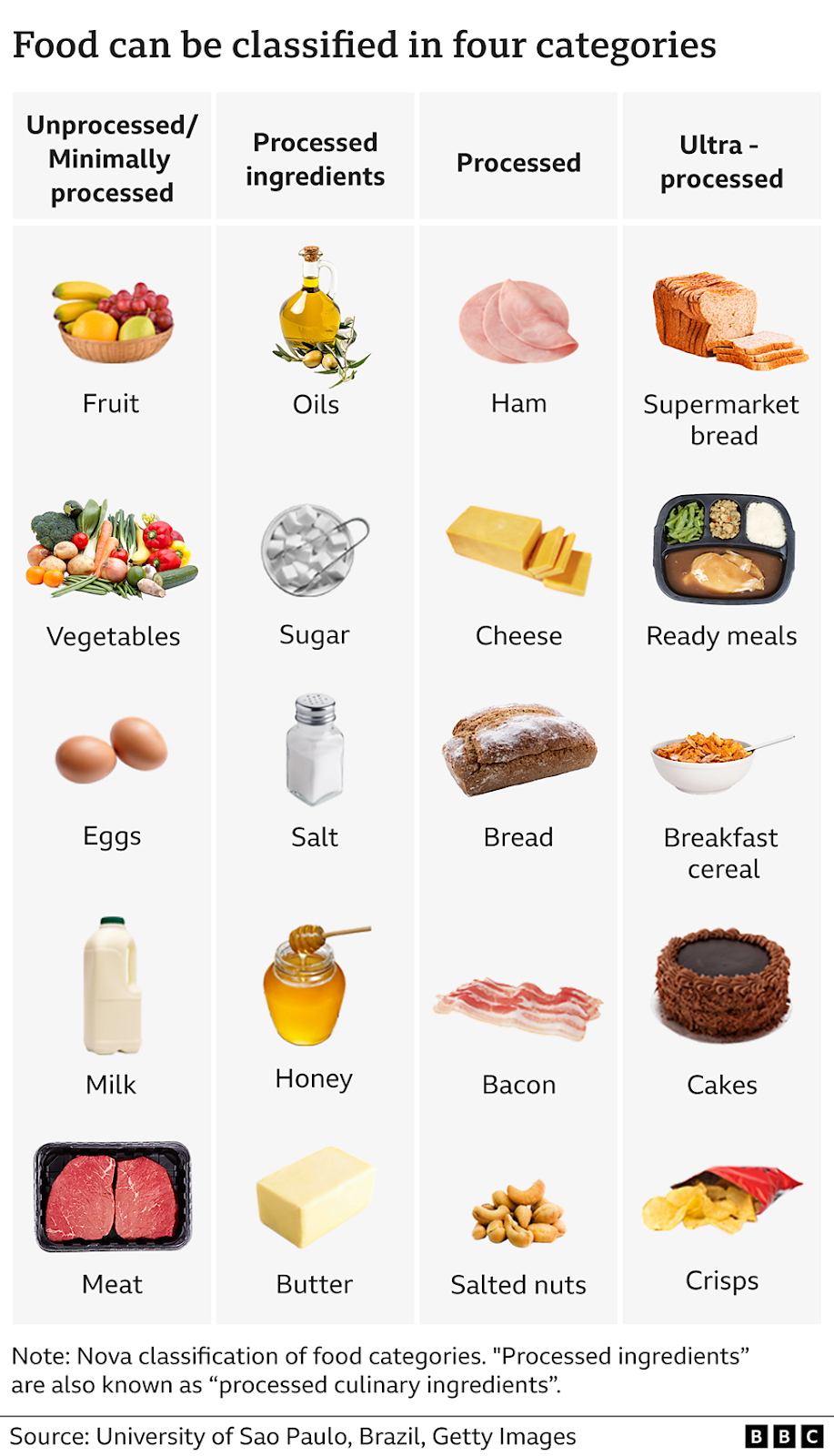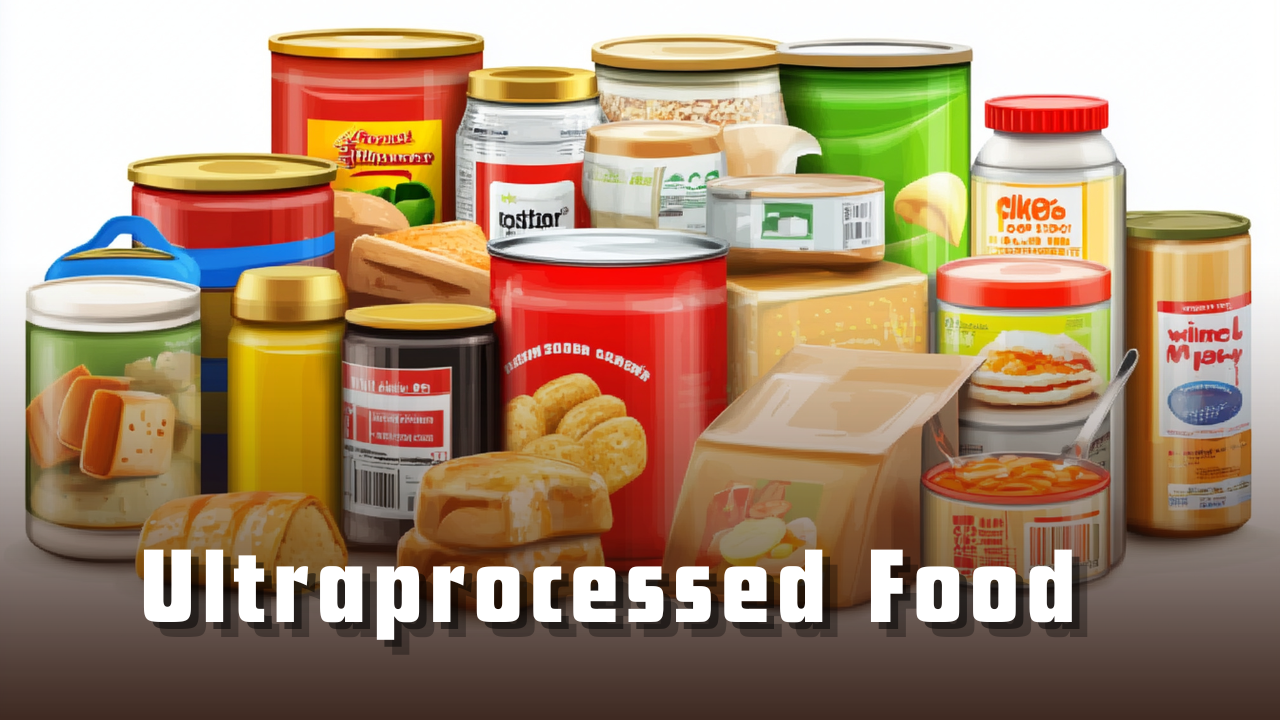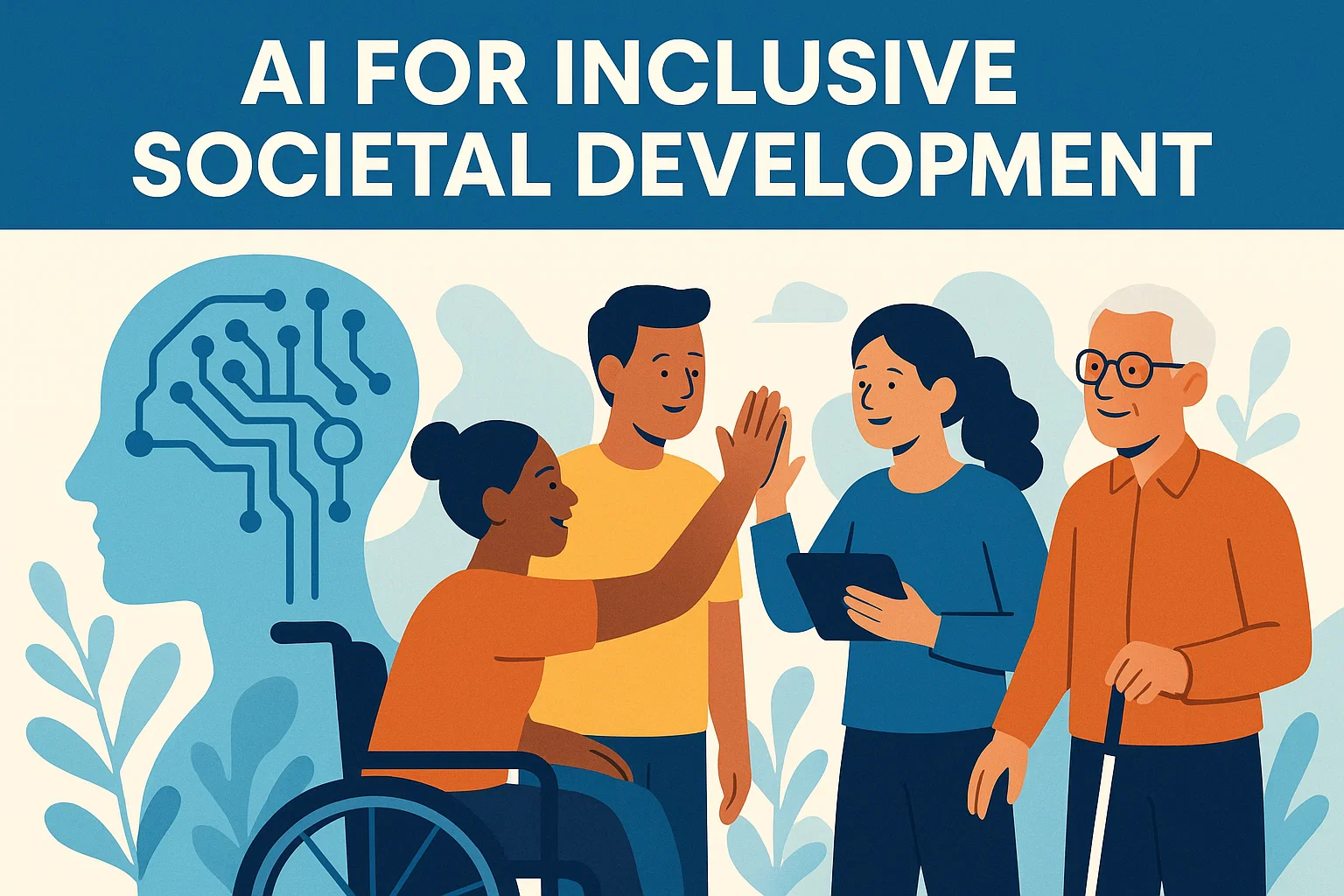Ultraprocessed Food
Ultraprocessed food makes up 53% of Americans’ diets
Ultraprocessed Food: Recent CDC data (August 2025) shows a slight decline in ultra-processed food consumption in the U.S., but experts warn it’s not a public health victory, as over half of daily calories still come from these foods. The health risks remain significant.

What are ultraprocessed foods?
Ultra-processed foods (UPFs) are industrial formulations made mostly or entirely from substances extracted from foods (like oils, fats, sugar, starch, and protein isolates) or synthesised in laboratories (like flavour enhancers, colourings, emulsifiers, and preservatives). These foods typically contain five or more ingredients, many of which are not used in home cooking. They are designed to be hyper-palatable, convenient, and shelf-stable.
What are the major concerns associated with it?
- Ultraprocessed foods (UPFs), high in saturated fats, added sugars, and sodium (HFSS), pose severe health risks including obesity, heart disease, stroke, Type 2 diabetes, and even cancer— with a 2024 BMJ review linking them to 32 health conditions and early mortality.
- Engineered for hyper-palatability, they fuel compulsive eating, are often misleadingly marketed as “healthy,” and disproportionately affect youth and low-income groups. In India, WHO (2023) reported a 13% CAGR in UPF retail sales (2011–21), with the food processing industry projected to hit $535 billion by 2025–26.
- Alarmed by this trend, the Economic Survey 2024–25 recommends a higher GST or “health tax” on high-fat, sugar, and salt (HFSS) foods to disincentivise consumption. Mandatory Front-of-Pack Warning Labels (FOPL), stricter advertising restrictions (especially targeting children), and legally defined nutrient thresholds for packaged foods are crucial to curb misinformation and regulate the food environment.
What measures can be taken to curb them?
- Public Health & Education: School-based nutrition programs should replace junk foods with whole foods, while community campaigns led by health workers and influencers can raise awareness. Behavioural nudges like mindful eating campaigns can reduce dependency on convenience foods.
- Supply Chain & Industry Reform: Policy incentives should push manufacturers to reformulate products with lower HFSS content, while subsidies for millets, pulses, and seasonal fruits can make healthier foods affordable. At the same time, monitoring of HFSS imports under trade agreements must be tightened.
- Eat Right India Movement (2018): Launched by FSSAI, it is a flagship initiative to make food safe, healthy, and sustainable.
- Pillars: Eat Safe (food safety & hygiene), Eat Healthy (reduce HFSS), Eat Sustainable (eco-friendly food systems).
- Impact: 284 Eat Right Stations and 249 Clean Street Food Hubs certified, 12+ lakh food handlers trained under FoSTaC, and over 55 lakh litres of used cooking oil repurposed into biodiesel (RUCO).
- Behavioural Change Tools: celebrity endorsements, digital drives, district-level Eat Right Challenges, and millet-focused campaigns.
Subscribe to our Youtube Channel for more Valuable Content – TheStudyias
Download the App to Subscribe to our Courses – Thestudyias
The Source’s Authority and Ownership of the Article is Claimed By THE STUDY IAS BY MANIKANT SINGH




